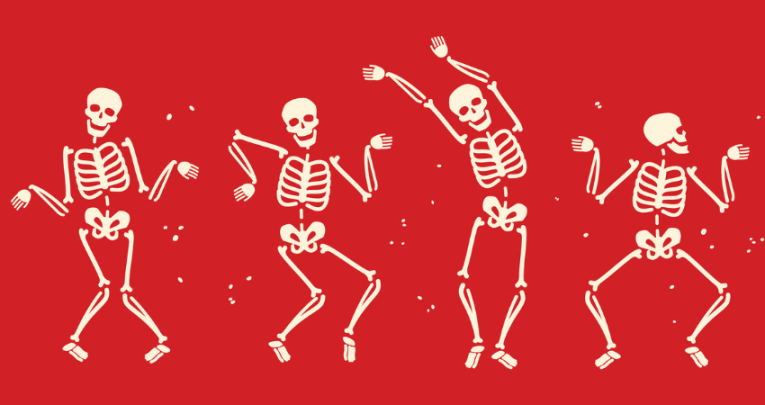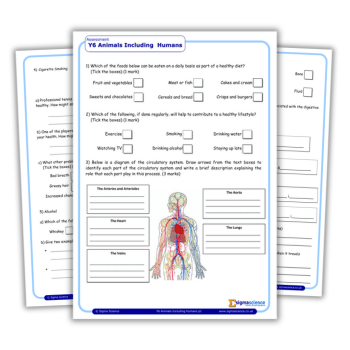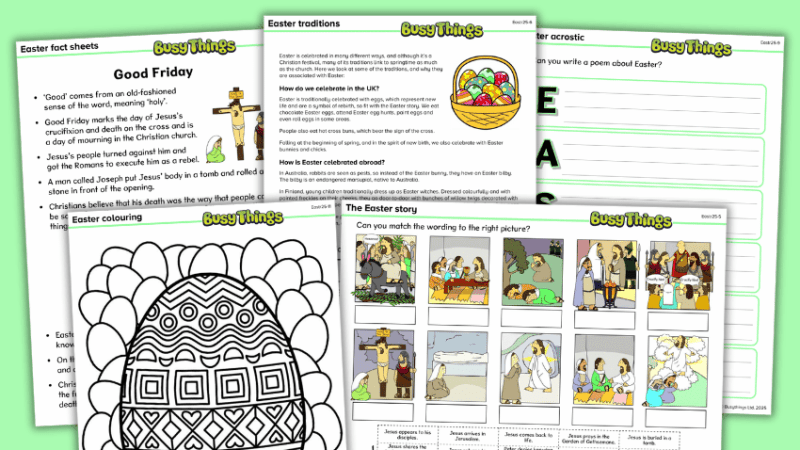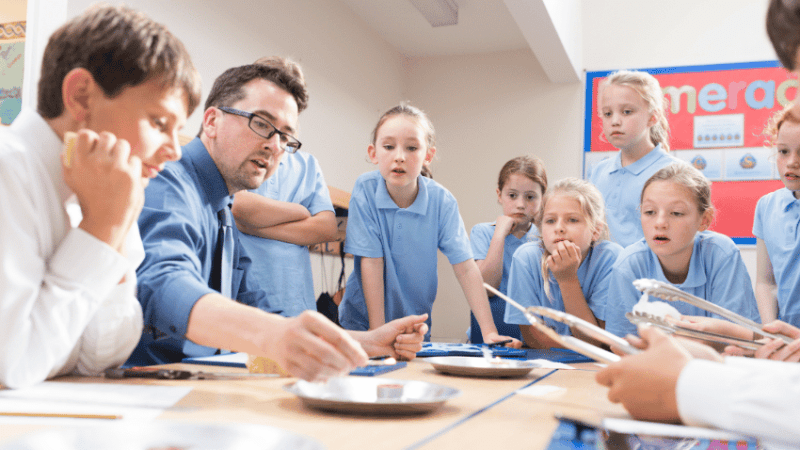Year 1 science – how to support knowledge transition from EYFS

The knowledge transition from EYFS to KS1 can be tricky, but rearranging the bones of the content makes a surprising difference, says Aidan Severs…

- by Aidan Severs
- Education consultant, writer, speaker and former deputy head Visit website

The transition from Early Years to Key Stage 1 is an important one.
Often it’s the time when children are required to switch from play-based learning to more formal, classroom-based teaching.
Where this is the case, it can be quite a challenging time for children in Years 1 and 2. It can be quite testing for the staff as well!
It is often the case that as pupils get used to a new way of working, they are also experiencing greater curricular demands.
New information is taught in new ways, and there is the potential for any content that is taught in the first half term or term to be forgotten as children instead focus on getting to grips with the new routines and expectations.
One school I worked with suggested an approach to address these potential issues when it came to teaching science.
They had noticed that there isn’t a great deal of content in the Year 1 science curriculum, particularly since they intended, very wisely, to teach seasonal changes across the year, rather than as a discrete unit.
So, we decided to develop a transition unit to bridge the gap between a child’s experience in Early Years and the new (to them) expectations of the National Curriculum.
Not only would it aid the pupils’ transition, but it would also provide another unit of content, meaning that science could be taught more regularly throughout the year.
Year 1 science curriculum
One objective stood out as being the perfect basis for such a unit: the statement ‘identify, name, draw and label the basic parts of the human body and say which part of the body is associated with each sense’, which is located under the ‘Animals, including humans’ heading of the statutory Year 1 science curriculum.
In addition to this statutory objective, we also selected two related non-statutory objectives to include in the unit:
- Pupils should have plenty of opportunities to learn the names of the main body parts (including head, neck, arms, elbows, legs, knees, face, ears, eyes, hair, mouth, teeth) through games, actions, songs and rhymes.
- Pupils might work scientifically by using their senses to compare different textures, sounds and smells.
Both felt suitable as a continuation of teaching and learning experiences the children would have had in Reception, and by putting them front and centre of a unit in the autumn term of Year 1, they would be a strong reminder to teachers of the kinds of pedagogies they might employ in order to aid transition.
Although there are no current Early Learning Goals that specifically relate to human body parts and senses, we felt this was something that would have naturally formed a part of Early Years teaching and learning, and therefore something that children would have some prior knowledge of, on which we could build.
Another guiding factor as to the selection of these objectives was the idea that when teaching young children, information that relates to their own experiences is perhaps easier for them to grasp.
Why start with the parts of a variety of animals’ bodies before looking at the children’s own bodies? Start with what they know and go from there – this was the thinking behind having this as a first transition unit in Year 1.
Trending
The five senses
Once we started to flesh out the unit, we couldn’t resist the simple structure of basing learning ‘episodes’ (almost a mini-lesson) around each of the five senses and their related body parts.
We built each episode around an enquiry question to conform with the school’s approach of promoting curiosity and giving a clear purpose to the learning:
- How do we feel things?
- How do we see things?
- How do we hear things?
- How do we smell things?
- How do we taste things?
These similarities in approach are intended to foster investigative thought patterns, the idea being that once children have learned about one or two senses, they can begin to make similar enquiries about the others.
It also simplifies planning for teachers, as these five points can be summarised as in the unit overview.
We decided on some key facts around which to build the content. These were the things that we wanted children to know by the end of the unit:
- Humans have five senses.
- Humans can feel things by touching them.
- Humans can see things using their eyes.
- Humans can hear things using their ears.
- Humans can taste things using their mouths and tongues.
- Humans can smell things using their noses.
- Some people are not able to use all of the five senses, for example people who are blind cannot see.
- The parts of our bodies that we use to sense things send messages to our brain.
- Some animals have ‘super senses’, for example night-time (nocturnal) creatures can see in the dark
- Some animals have senses which they use more than other senses, for example bats use their hearing to ‘see’ in the dark.
Each key fact also has the potential to act as starting point for further exploration and learning, or as a reminder about extra information.
For example, fact four could be a starting point for children to find out about different sounds that we can hear; fact nine could remind them to name particular animals that have super senses, perhaps even adding which particular super sense they possess.
As you can see from the list of key facts, we also decided to begin to make links to animals, because of the grouping in the National Curriculum, but also as a way to transition into a follow-up unit about animals.
While deciding on these key facts it became apparent that there would be the need to talk about people who may not be able to use particular senses – building in such content at an early age is so important if we want children to celebrate the differences in the people around them.
It was also important considering that any Year 1 cohort might contain children with such disabilities who would need to experience themselves being reflected in the content.
Work smarter not harder
So, although adding a unit into Year 1 science might sound like a workload no-no, it didn’t add in any extra content, but rather just scaffolded it in a different way, allowing for a more seamless transition between Key Stages.
After the initial planning stage, this actually made things work more smoothly – never a bad thing in the life of a busy primary school teacher!
Aidan Severs is an education consultant with over 15 years of teaching experience. With thanks to staff at The Halifax Academy. Follow Aidan on Twitter @AidanSevers and see more of his work at aidansevers.com










